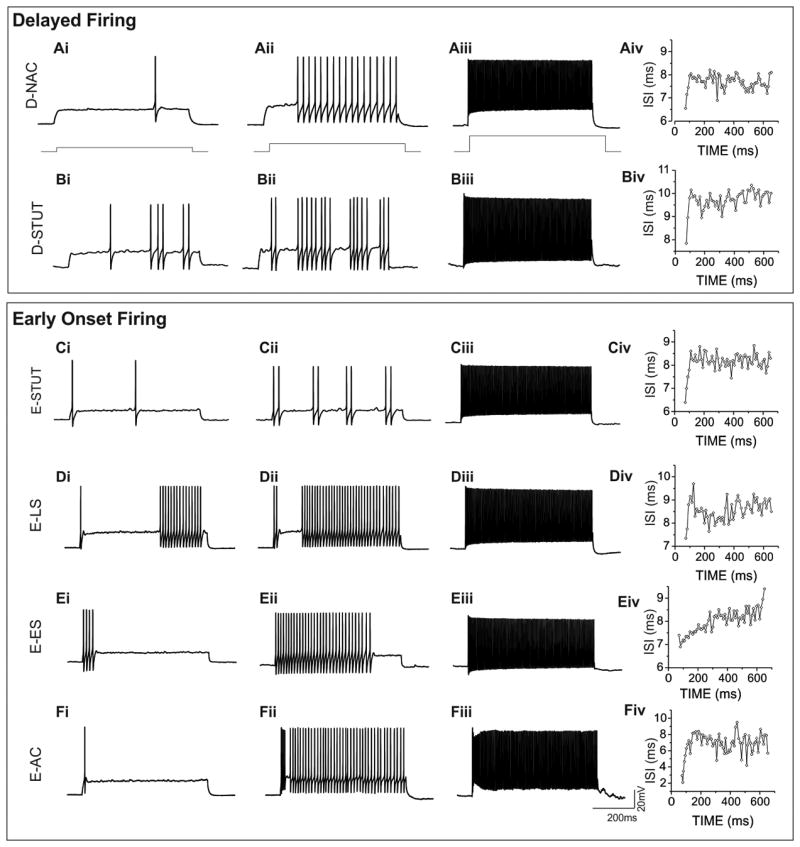Fig. 2. Actional potential onset determines two categories of FS interneurons.

The appearance of the first action potential at threshold separates layer 4 FS interneurons into delayed and early onset firing subgroups. FSD-NAC (Ai) and FSD-STUT (Bi) interneurons exhibit a prominent delay but with increased current injections, a continuous non-accommodating firing pattern for FSD-NAC (Aii) compared to stuttering pattern of FSD-STUT (Bii). Both subtypes demonstrate a tonic firing state at supra-threshold current levels (Aiii and Biii). All early onset firing FS interneurons fire an action potential at the beginning of the trace (Ci-Fi). FSE-STUT interneurons stutter (Cii) then form a continuous firing pattern with higher current injection (Ciii). FSE-LS interneurons have a pause before more action potentials appear later in the trace (Dii) and as depolarizing current increases, the delay shortens (Dii) and becomes continuous (Diii). Action potential firing in FSE-ES interneurons occur at the beginning of the sweep (Ei) and increase across the trace as more current is injected into the cell (Eii) until finally a continuous tonic firing pattern emerges with more depolarizing current (Eiii). FSE-AC interneurons fire a single action potential at the beginning of the threshold sweep (Fi). With increased current depolarization, action potential frequency is higher at the beginning of the trace then at the end (Fii). Inter-spike intervals (ISI) taken near 100Hz firing frequency of each representative FS subtype are shown (A-Fiv). FSE-AC and FSE-ES demonstrate a high degree of fluctuation of ISI at the beginning and end of the action potential firing sweeps.
